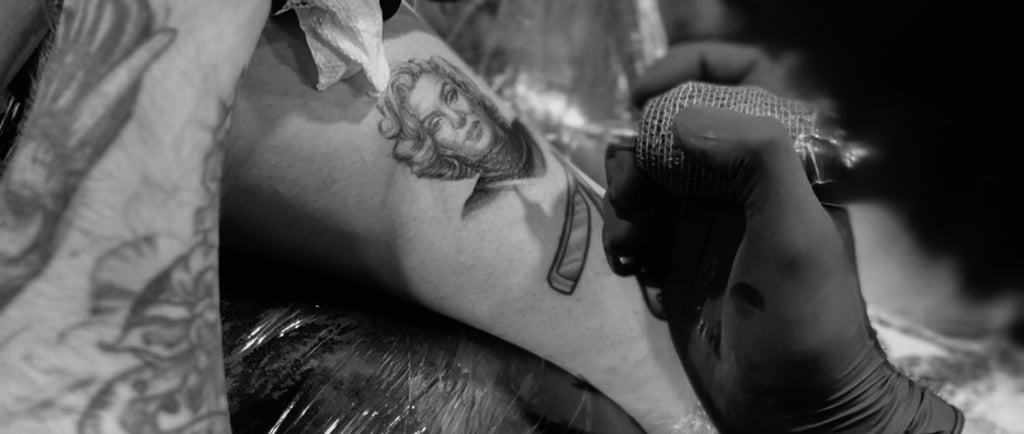How tattoo works?
The article explains the science behind tattoos and the multi-step process of getting a tattoo. It covers the basics of tattooing, how tattoos work, and the stages involved in creating a tattoo.


Tattoos have become increasingly popular in recent years, with millions of people sporting them on various parts of their bodies. But have you ever wondered how tattoos actually work? In this article, we will explore the science behind tattoos and how they are created.
The Basics of Tattoos
A tattoo is a permanent design or marking made on the skin using ink. The process involves puncturing the skin with needles and injecting ink into the dermis, the layer of skin just below the epidermis (outer layer). The ink is then trapped in the dermis, making the tattoo permanent.
The needles used for tattooing can vary in size and configuration, depending on the design and the area of the body being tattooed. The ink used for tattoos is typically made up of a combination of pigments, carrier fluids, and other additives that help to ensure the ink is safe and long-lasting.
The Science Behind Tattoos
Tattoos work by injecting ink into the dermis, which is home to a network of cells called fibroblasts. These cells are responsible for producing collagen, the protein that gives skin its strength and elasticity. When the needles puncture the skin, they create tiny wounds that trigger an immune response from the body. This response includes an increase in blood flow to the area, which helps to carry away any foreign particles, including the ink.
However, because the ink particles are too large to be removed by the body's immune system, they become trapped in the dermis. Over time, the ink particles are surrounded by collagen fibers, which help to hold them in place and prevent them from spreading throughout the body.
The Tattooing Process
Tattooing is a multi-step process that involves several key stages, including:
Design: Before getting a tattoo, most people will work with their tattoo artist to develop a design that fits their vision and style.
Preparation: Once the design is finalized, the tattoo artist will clean and sterilize the area of the body to be tattooed, as well as the equipment they will be using.
Outline: The tattoo artist will then use a needle to create the outline of the design on the skin.
Shading: Once the outline is complete, the artist will use a different type of needle to add shading and depth to the design.
Coloring: Finally, the artist will use different colors of ink to fill in the design and complete the tattoo.
Conclusion
Tattoos are a fascinating and complex art form that have been around for thousands of years. While the process of getting a tattoo may seem simple on the surface, there is a lot of science and skill involved in creating a beautiful and lasting design. If you're considering getting a tattoo, it's important to do your research and choose a reputable artist who will work with you to create a design that you'll love for years to come.
